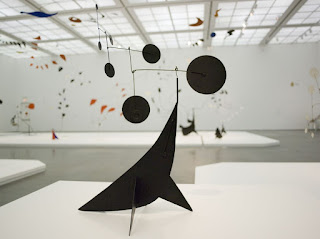This year the second grade teachers wondered about crafty a project around United States geography and introducing the students to where states are located in the country. Then the idea of monuments was floated based on the events in Charlottesville and the larger national conversation about who we as a nation choose to honor with statues. As we talked about it, there was a struggle to figure out how to introduce this topic to second graders who do not have the background knowledge or understanding about the events and systemic racism that lead to these statues. I wanted to move forward with this idea in a way that was understandable for our students. With this in mind we designed a monument project that looked at the United States and used current presidential monuments as land markers for students to have a better understanding of geography. Then we talked about the fact that many monuments are to presidents, all of whom up until 2008 were all white men and there has yet to be a female president. Then we opened up a conversation about why monuments are created and that maybe there are unsung voices and changemakers who deserve to be recognized with a national monument. This let to a project where students learned more about individuals who contributed to society and others in positive ways and then students designed a monument to those individuals for their accomplishments.
The first step was introducing the United States geography to the second graders. I started by reading them the book “How to Make a Pie and See the USA” by Marjorie Priceman. I really like this book as an intro to geography. In the story the young girl decides to make a cherry pie but the pie shop is closed so she travels around the USA to make all the materials she needs to make her pie. As we were reading the story I had marked the locations on Google Earth and we took a virtual field trip around the country to better help the students understand where states and natural landmarks are located.
During the students’ Technology time, the Tech ED teacher explored the US again using Google Earth and highlighting some well known landmarks like Mount Rushmore, the Golden Gate Bridge and the Washington Monument. She then had students explore the National Geographic Kids U.S. States website (https://kids.nationalgeographic.com/explore/states/us-states-hub/ ) so they could learn a bit more about each of the states.
In library the next week we read the very funny book “The Scrambled States of America” by Laurie Keller. I had purchased a large foam floor puzzle of the United States and scrambled them all up. Each student was given a state and we set out to put the states back in their rightful place. This again reinforced the geographic location of all the states.
In the next Tech Ed time period students were introduced to the idea of monuments and the teacher shared some of the most famous monuments are around the United States using Google Earth. Students talked about how a monument is a statue, building, or another structure that is built to commemorate a famous or notable person or event. Students explored the Lincoln Memorial, Mount Rushmore and the FDR monument in Washington DC.
In the next library time I connected with the idea of monuments again and talked to the students about why the monuments were built and they mentioned the idea of building monuments to former United States Presidents. Then I introduced students to the idea of building monuments to people who are not always recognized for their accomplishments and contributions to society. I told them that would be their challenge, to read a biography of an unsung hero and then in small groups collect research on that person to learn more about their lives. Next, they would design a monument to that person that highlighted what their contribution to society was or is. Finally, students would build a small model of their monument to share with their classmates and the rest of the school.
To start the research collection we choose narrative nonfiction books that students read in small groups. The focus was on finding books about people who were not as well known and we also focused on people of color and women, two groups that are the least represented in monuments and statues in the United States. Some of the individuals included Patricia Bath, Dolores Huerta, and Elizabeth Blackwell.
The next step was the ideate stage. We asked to students to work with their groups to think about what that person was known for and then design a monument that highlighted those achievements. We wanted the students to focus on building a monument beyond a statue of the person but to build a monument that really highlighted the achievements in their lives.
The final step of this project was a share out of all the monuments in the library for all the second grade students and other members of the community to see! Students were so excited to share their work and talk about what they had done as well as learn about their classmates' work and the people they had studied and were celebrating.



















































